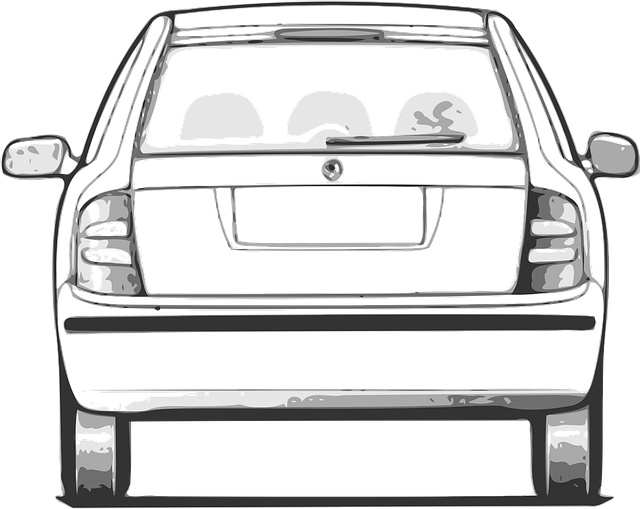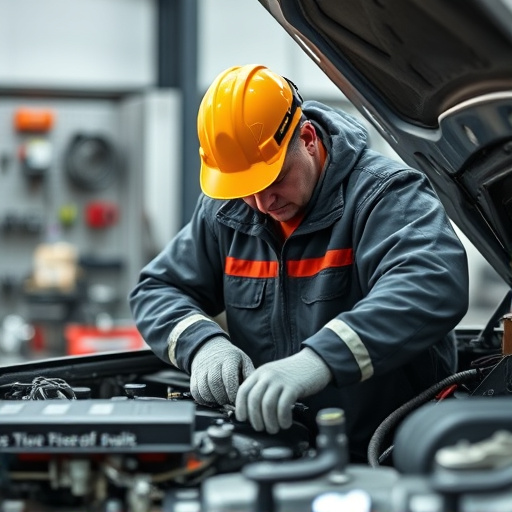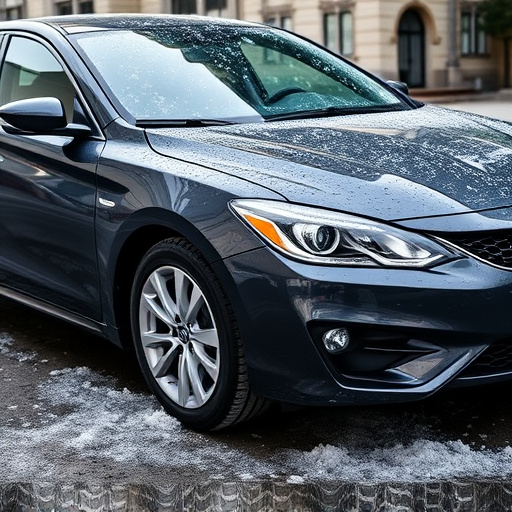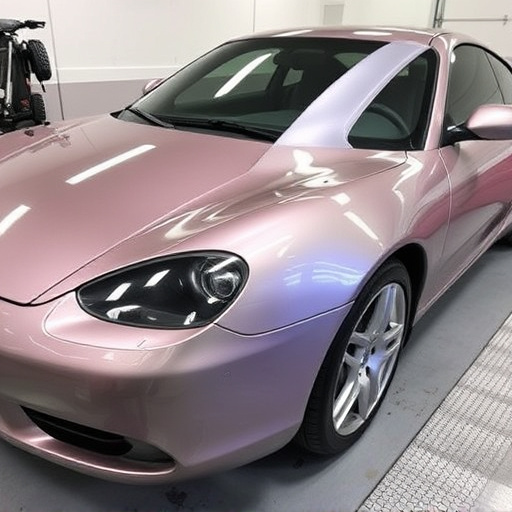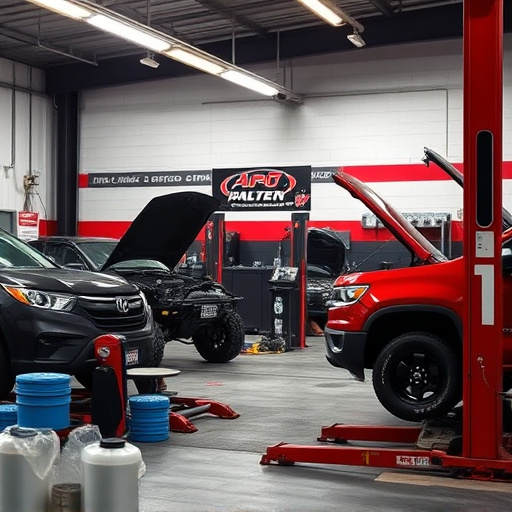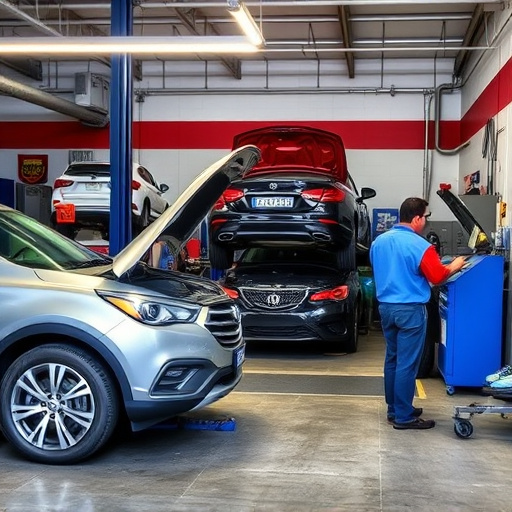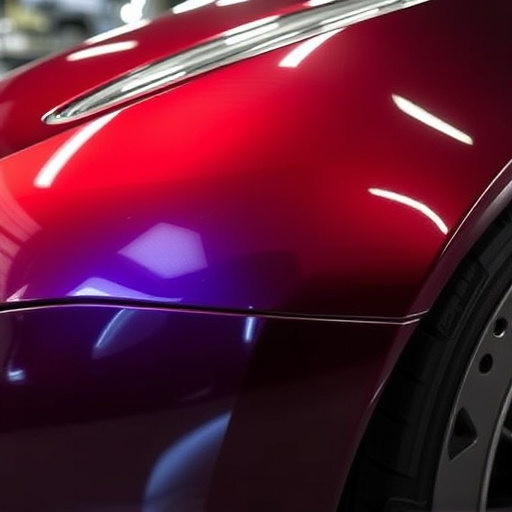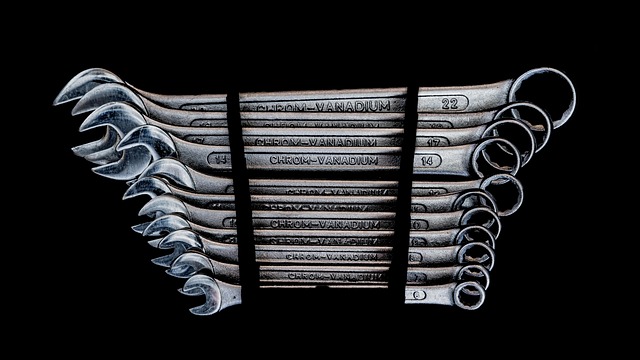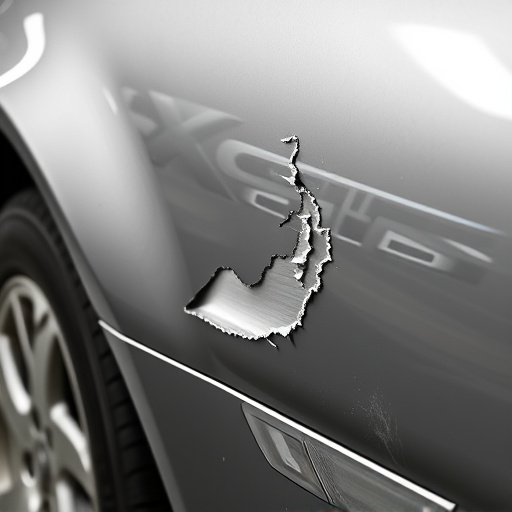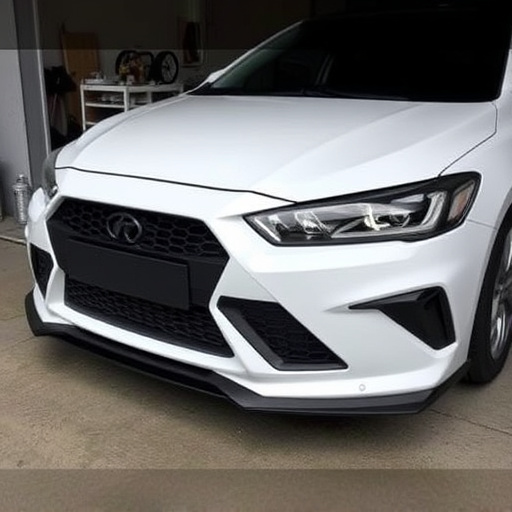After a car accident involving a Tesla home charger, inspect for visible damage and check electrical connections. Assess structural damage nearby. For significant issues, consult professionals for repairs, including component replacements or upgrades to restore charging speed and performance. If persistent problems occur, consider replacement for enhanced EV charging capabilities. Regular maintenance and installation ensure optimal performance.
After a car accident, assessing damage to your Tesla and its home charging system is crucial. This guide explores what to do with your Tesla home charger if damaged in an accident, focusing on troubleshooting common charging speed issues and optimizing for faster charging. We provide step-by-step advice on replacement and optimization techniques to ensure seamless and efficient charging post-accident.
- Assessing Damage After an Accident Involving Tesla Home Charger
- Troubleshooting Common Charging Speed Issues
- Replacing and Optimizing Your Tesla Home Charger for Faster Charging
Assessing Damage After an Accident Involving Tesla Home Charger
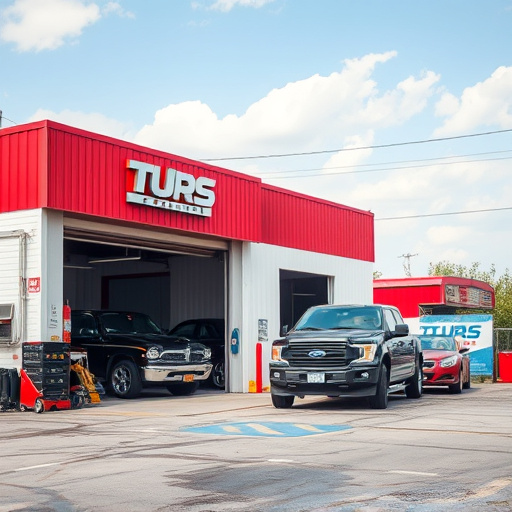
After a car accident involving a Tesla home charger, assessing the damage is crucial to understanding what repairs are needed. Start by inspecting the charger for any visible signs of impact, such as dents or broken parts. Check if the electrical connections are secure and intact, as loose or damaged wires can pose significant safety hazards. Additionally, evaluate the surrounding area for any structural damage that might have been transferred from the vehicle to the charger.
If the accident has caused significant damage, it may be best to consult a professional car repair shop or vehicle body shop. They possess the expertise and tools necessary to accurately assess the extent of the damage and recommend appropriate repairs. This could include replacing damaged components, realigning the charger’s structure, or even upgrading certain parts to ensure optimal charging speed and performance once the Tesla home charger is fully restored.
Troubleshooting Common Charging Speed Issues

If your Tesla home charger is experiencing slow charging speeds after an accident, there are several common issues to troubleshoot. Start by inspecting the charger and cable connections for any visible damage or loose fits. A damaged charger or faulty cables can significantly reduce charging efficiency. Next, check if your vehicle’s charging port is secure and free from debris or contaminants that might impede the connection.
Additionally, ensure that your Tesla’s software is up-to-date, as outdated firmware could lead to charging inefficiencies. Verify the power supply to your home charger; an unstable or inadequate power source can cause slow charging. If the issue persists, consider consulting collision repair services for car paint repair and charger replacement if necessary.
Replacing and Optimizing Your Tesla Home Charger for Faster Charging
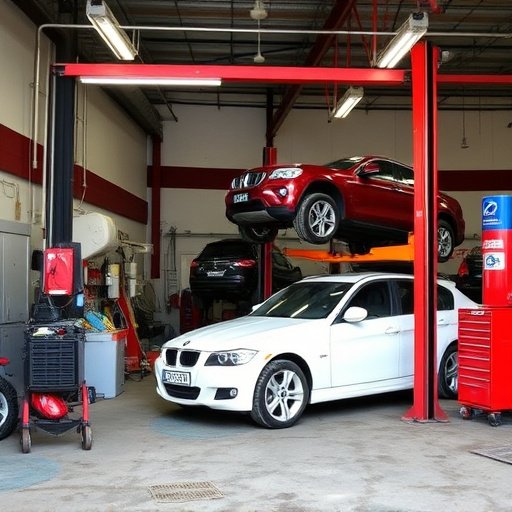
If your Tesla home charger has been damaged in an accident or is experiencing slow charging speeds, it’s time to consider a replacement and optimization. A new Tesla home charger can significantly improve charging efficiency, ensuring faster recharging times for your electric vehicle (EV). After a vehicle collision repair, assessing the damage to your charger is crucial. If it’s beyond repair, installing a new one is a wise decision, as it can enhance your overall EV ownership experience.
Optimizing your Tesla home charger involves several steps. First, check if your charger supports faster charging standards like CCS or CHAdeMO. Upgrading to a compatible model can reduce charging times drastically. Additionally, ensuring proper installation and maintenance, including regular cleaning of the charging port, is essential for optimal performance. These simple measures, coupled with professional frame straightening services when needed, will contribute to a smoother and more efficient electric vehicle ownership experience.
After an accident, assessing your Tesla home charger’s damage is crucial. Troubleshooting common charging speed issues can significantly enhance your electric vehicle’s efficiency. Consider replacing and optimizing your charger for faster charging, ensuring a smoother and more sustainable driving experience in the digital era. Remember that timely maintenance and adjustments, especially after unforeseen events, are key to maximizing your Tesla’s performance.
